Home>Gardening & Outdoor>Landscaping Ideas>What Is The Optimum Growing Temperature For Warm-Weather Grass
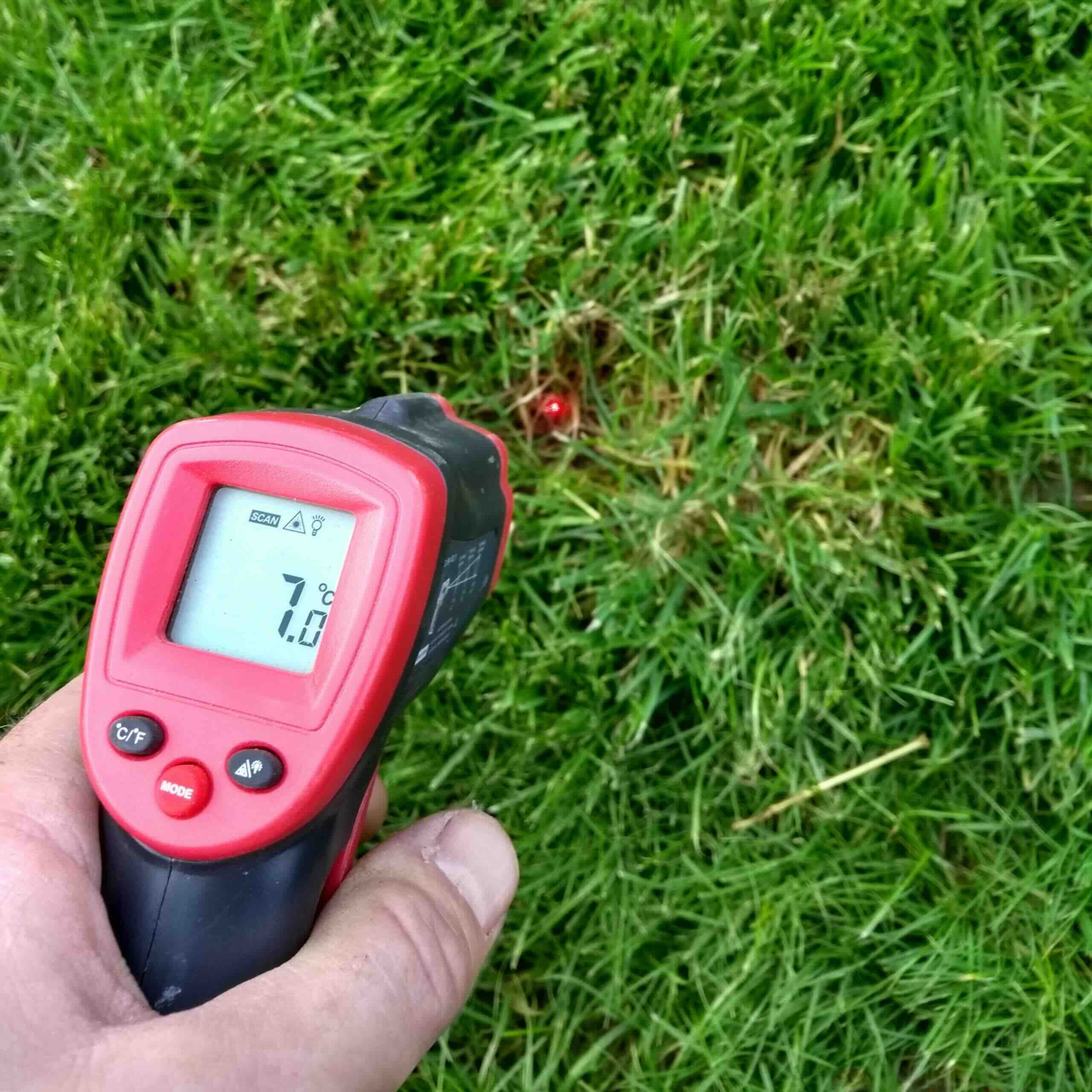

Landscaping Ideas
What Is The Optimum Growing Temperature For Warm-Weather Grass
Published: January 28, 2024
Learn about the ideal growing temperature for warm-weather grass and get landscaping ideas to optimize your lawn's health and appearance. Discover expert tips for maintaining lush, thriving grass in any climate.
(Many of the links in this article redirect to a specific reviewed product. Your purchase of these products through affiliate links helps to generate commission for Storables.com, at no extra cost. Learn more)
Introduction
When it comes to maintaining a lush, vibrant lawn, understanding the optimal growing conditions for warm-weather grass is essential. Whether you're a seasoned gardener or a novice homeowner looking to elevate your outdoor space, knowing the ideal temperature for nurturing warm-weather grass varieties can make all the difference in achieving a verdant and flourishing lawn.
In this comprehensive guide, we'll delve into the intricate world of warm-weather grass and explore the factors that influence its growth. By uncovering the optimum growing temperature for these grasses, you'll be equipped with the knowledge needed to foster a healthy and resilient lawn in even the most challenging climates.
So, join us as we embark on a journey to unravel the mysteries of warm-weather grass and uncover the secrets to cultivating a luxurious and inviting outdoor oasis.
Key Takeaways:
- Warm-weather grasses thrive in temperatures between 80-95°F, needing plenty of sunlight, well-draining soil, and consistent watering. Maintaining these conditions fosters lush, resilient lawns even in hot climates.
- By understanding and implementing the ideal temperature range, homeowners can nurture Bermuda, Zoysia, and St. Augustine grasses to withstand heat, recover from damage, and maintain their vibrant green appearance, creating stunning outdoor oases.
Read more: At What Temperature Grass Stops Growing
Understanding Warm-Weather Grass
Warm-weather grasses, also known as tropical or southern grasses, are a diverse group of grass species that thrive in regions with hot, humid climates. These grasses are prized for their ability to withstand intense heat and humidity while maintaining their lush, green appearance. Common varieties of warm-weather grass include Bermuda grass, Zoysia grass, and St. Augustine grass, each with its own unique characteristics and growing requirements.
One of the defining features of warm-weather grass is its exceptional resilience in the face of scorching temperatures and prolonged sunlight. Unlike cool-season grasses, which struggle in hot climates, warm-weather grasses have evolved to thrive in the sweltering conditions of the southern United States, the Caribbean, and other tropical and subtropical regions around the world.
These grasses are celebrated for their rapid growth and remarkable ability to recover from damage, making them a popular choice for lawns, parks, and athletic fields in warm climates. Additionally, warm-weather grasses exhibit excellent drought tolerance, enabling them to endure extended periods of dry weather without sacrificing their visual appeal.
Understanding the unique traits and preferences of warm-weather grass is crucial for anyone seeking to cultivate a resilient and vibrant lawn in a hot climate. By familiarizing yourself with the distinct characteristics of these grasses, you can create an environment that promotes their growth and ensures a stunning lawn that thrives even in the harshest of conditions.
Factors Affecting Growing Temperature
The growth and development of warm-weather grasses are influenced by a multitude of factors, with temperature playing a pivotal role in determining their overall health and vitality. Understanding the various elements that impact the growing temperature for these grasses is essential for creating an environment conducive to their flourishing growth.
1. Temperature Range: Warm-weather grasses thrive in temperatures ranging from 80 to 95 degrees Fahrenheit (27 to 35 degrees Celsius). This temperature range provides the ideal conditions for these grasses to carry out essential physiological processes, such as photosynthesis and nutrient uptake.
2. Sunlight Exposure: Adequate sunlight is crucial for the optimal growth of warm-weather grasses. These grasses require full sun exposure, typically ranging from 6 to 8 hours of direct sunlight per day, to fuel their photosynthetic activities and promote robust growth.
3. Soil Composition: The composition of the soil profoundly impacts the ability of warm-weather grasses to thrive. Well-draining soil with a balanced pH level is essential for promoting healthy root development and ensuring efficient nutrient uptake by the grass plants.
4. Watering Practices: Proper irrigation is critical for maintaining the growing temperature of warm-weather grasses. Consistent and deep watering, typically at a rate of 1 to 1.5 inches per week, helps to sustain an optimal soil moisture level and prevents the grass from succumbing to heat stress.
5. Air Circulation: Adequate air circulation is vital for preventing fungal diseases and promoting the transpiration process in warm-weather grasses. Ensuring that the lawn receives proper airflow minimizes the risk of moisture-related issues and contributes to a healthy and vibrant turf.
By considering these factors and implementing appropriate measures to address each aspect, homeowners and landscapers can create an environment that fosters the ideal growing temperature for warm-weather grasses. Harnessing the interplay of these elements enables individuals to cultivate a resilient and visually stunning lawn that thrives in the heat of summer and beyond.
The optimum growing temperature for warm-weather grass is between 80-95°F. It’s important to monitor the temperature and provide adequate water and nutrients for healthy growth.
Optimum Growing Temperature for Warm-Weather Grass
For warm-weather grasses to reach their full potential and exhibit robust growth, it is imperative to provide them with the optimum growing temperature. The ideal temperature range for nurturing warm-weather grasses lies between 80 and 95 degrees Fahrenheit (27 to 35 degrees Celsius). Within this temperature range, these grasses can efficiently carry out essential biological processes, ensuring their overall health and vitality.
During the warmer months, when temperatures soar, warm-weather grasses thrive in the heat and bask in the sunlight, utilizing these conditions to fuel their rapid growth and development. The combination of ample warmth and sunlight provides the energy necessary for these grasses to undergo photosynthesis, producing the sugars and carbohydrates vital for their sustenance and expansion.
Optimal growing temperatures also play a pivotal role in enabling warm-weather grasses to maintain their vibrant green hue and resist the adverse effects of heat stress. When exposed to temperatures outside the recommended range, these grasses may exhibit signs of distress, such as wilting, browning, and diminished growth. By adhering to the optimum growing temperature, individuals can mitigate the risk of heat-induced damage and ensure that their warm-weather grasses remain resilient and visually appealing.
Furthermore, the optimum growing temperature directly influences the grasses’ ability to recover from environmental stressors, such as foot traffic, mowing, and inclement weather. By providing a nurturing environment characterized by the ideal temperature range, individuals can bolster the grasses’ natural resilience, enabling them to rebound swiftly from disturbances and maintain their lush and inviting appearance.
Ultimately, by recognizing and adhering to the optimum growing temperature for warm-weather grasses, individuals can create an environment that fosters the health, vigor, and beauty of their lawn. Whether it’s Bermuda grass, Zoysia grass, or St. Augustine grass, adhering to the recommended temperature range is a fundamental step in nurturing these resilient and captivating grass varieties.
Conclusion
As we conclude our exploration of the optimum growing temperature for warm-weather grass, it becomes evident that temperature is a critical factor in nurturing these resilient and vibrant grass varieties. The temperature range of 80 to 95 degrees Fahrenheit (27 to 35 degrees Celsius) serves as the sweet spot for promoting the robust growth and overall well-being of warm-weather grasses.
By understanding the unique traits and preferences of warm-weather grass, individuals can create an environment that caters to their specific needs, ensuring a lush and inviting lawn that thrives in hot, humid climates. Factors such as sunlight exposure, soil composition, watering practices, and air circulation all play a crucial role in maintaining the optimal growing temperature for these grasses, contributing to their resilience and visual appeal.
Adhering to the recommended temperature range not only fosters the health and vitality of warm-weather grasses but also empowers them to withstand environmental stressors and recover swiftly from disturbances. This resilience, coupled with their ability to maintain a lush green appearance in the face of intense heat, makes warm-weather grasses a prized choice for homeowners, landscapers, and groundskeepers in regions with hot and humid climates.
As individuals strive to create an outdoor oasis that exudes natural beauty and tranquility, understanding and implementing the optimum growing temperature for warm-weather grass is a foundational step in achieving this vision. Whether it’s the rapid growth of Bermuda grass, the dense texture of Zoysia grass, or the shade tolerance of St. Augustine grass, embracing the recommended temperature range sets the stage for a stunning and resilient lawn that captivates and inspires.
In essence, the journey to uncovering the secrets of warm-weather grass and its optimum growing temperature is a testament to the profound impact that environmental conditions have on the vitality and allure of our outdoor spaces. By embracing the ideal temperature range and harnessing the interplay of various factors, individuals can cultivate a verdant and inviting landscape that stands as a testament to the enduring beauty of warm-weather grass.
Frequently Asked Questions about What Is The Optimum Growing Temperature For Warm-Weather Grass
Was this page helpful?
At Storables.com, we guarantee accurate and reliable information. Our content, validated by Expert Board Contributors, is crafted following stringent Editorial Policies. We're committed to providing you with well-researched, expert-backed insights for all your informational needs.
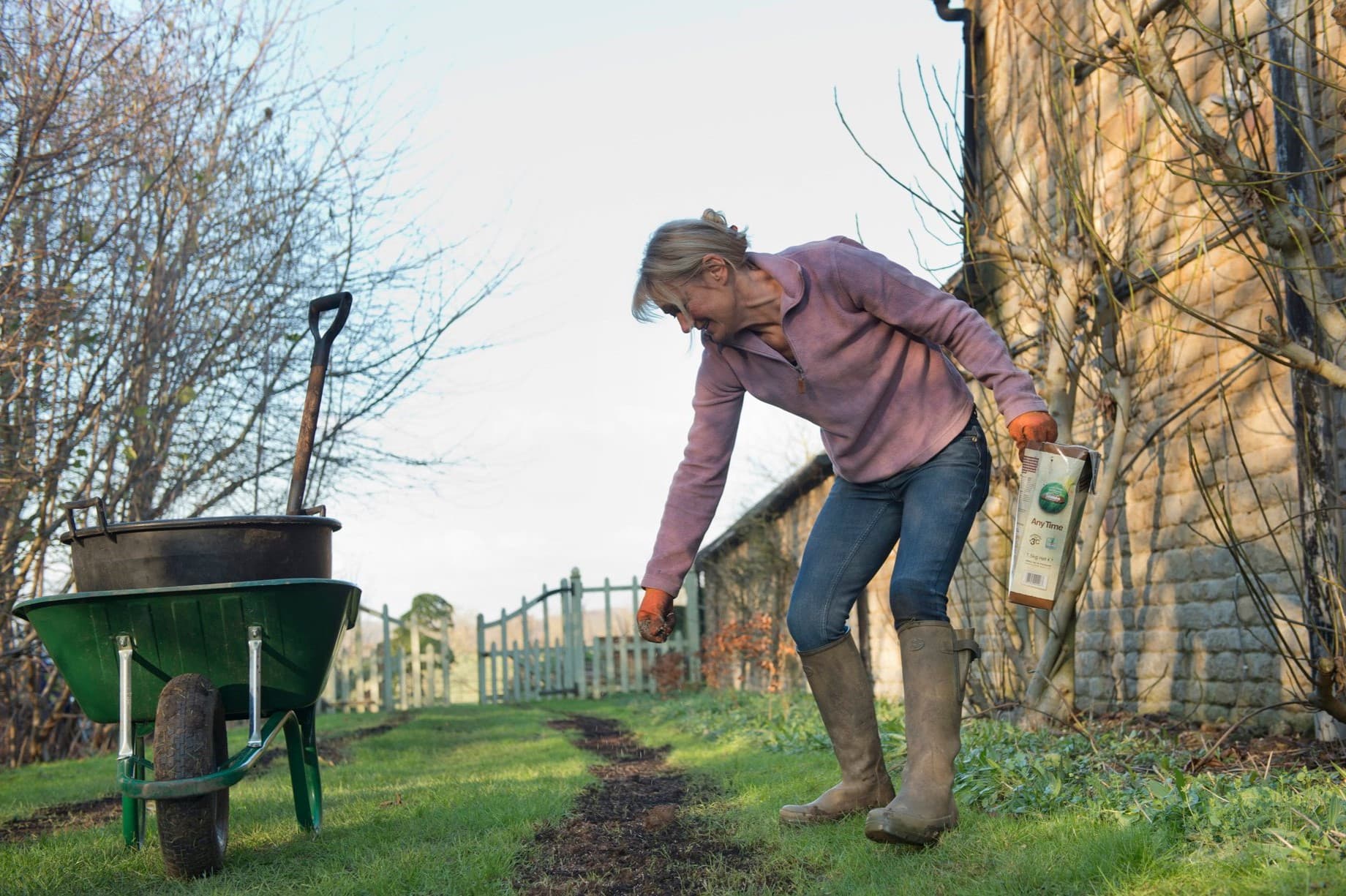
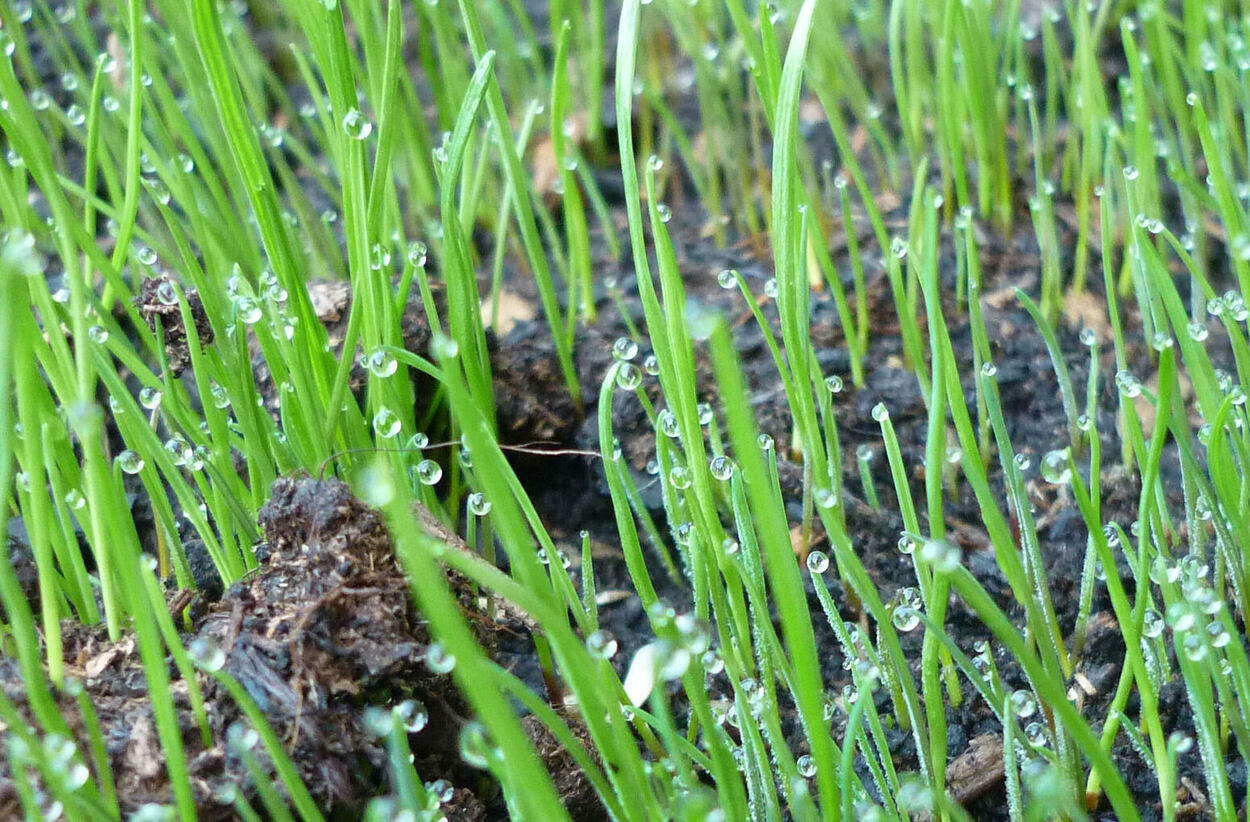


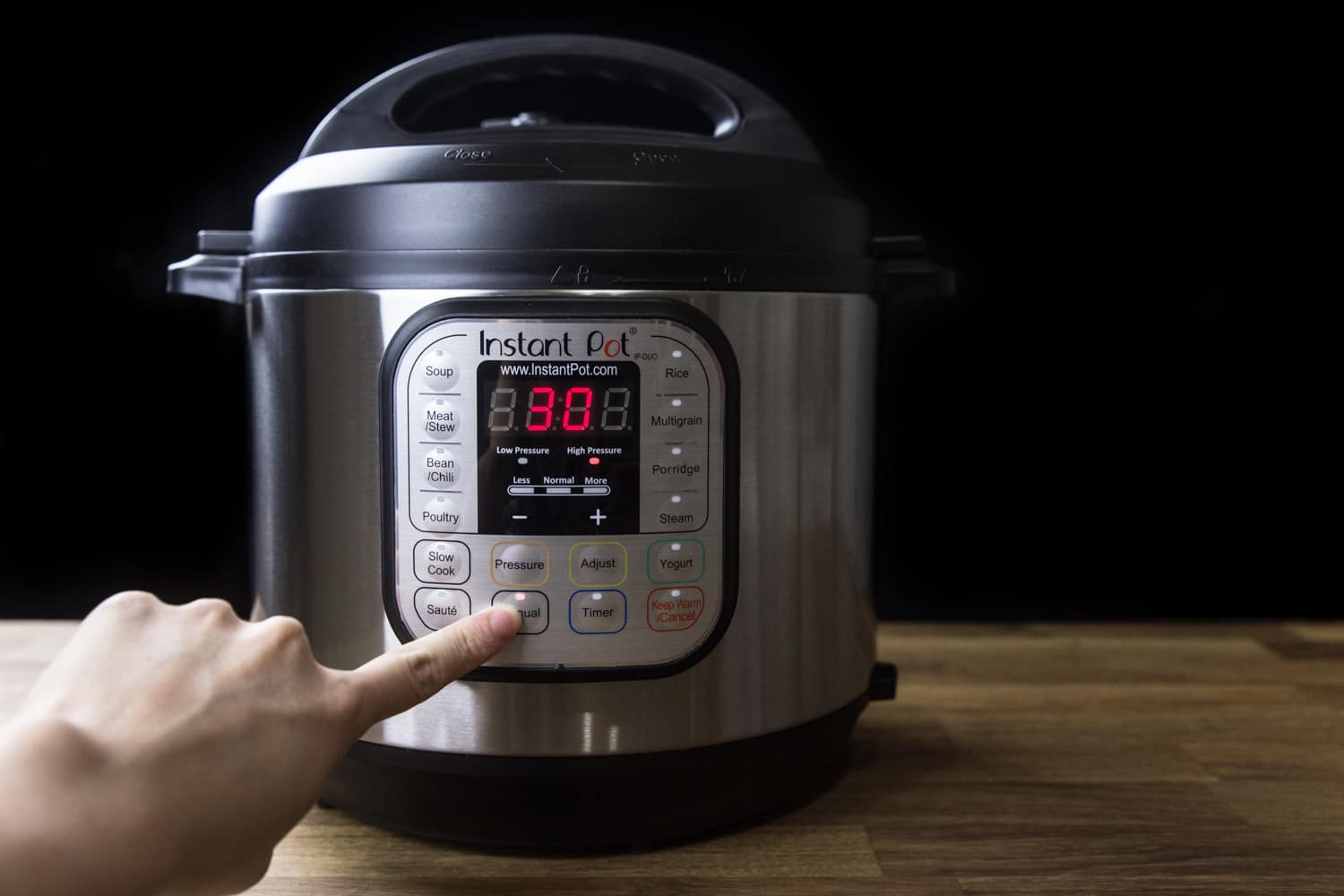
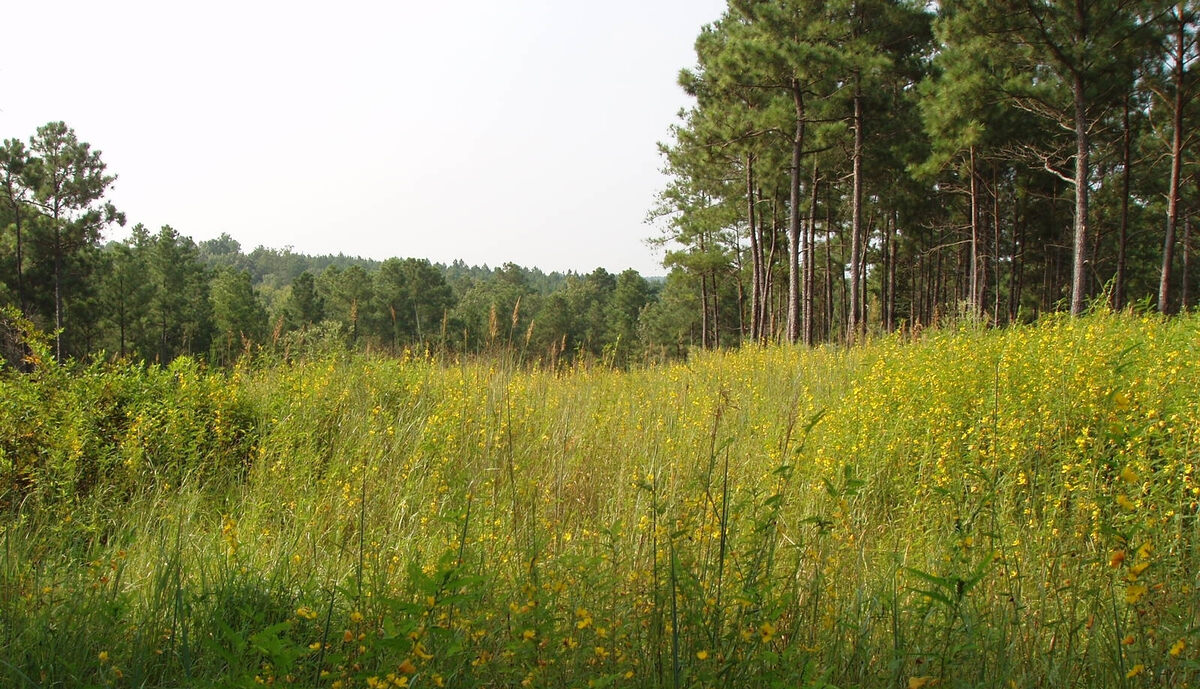
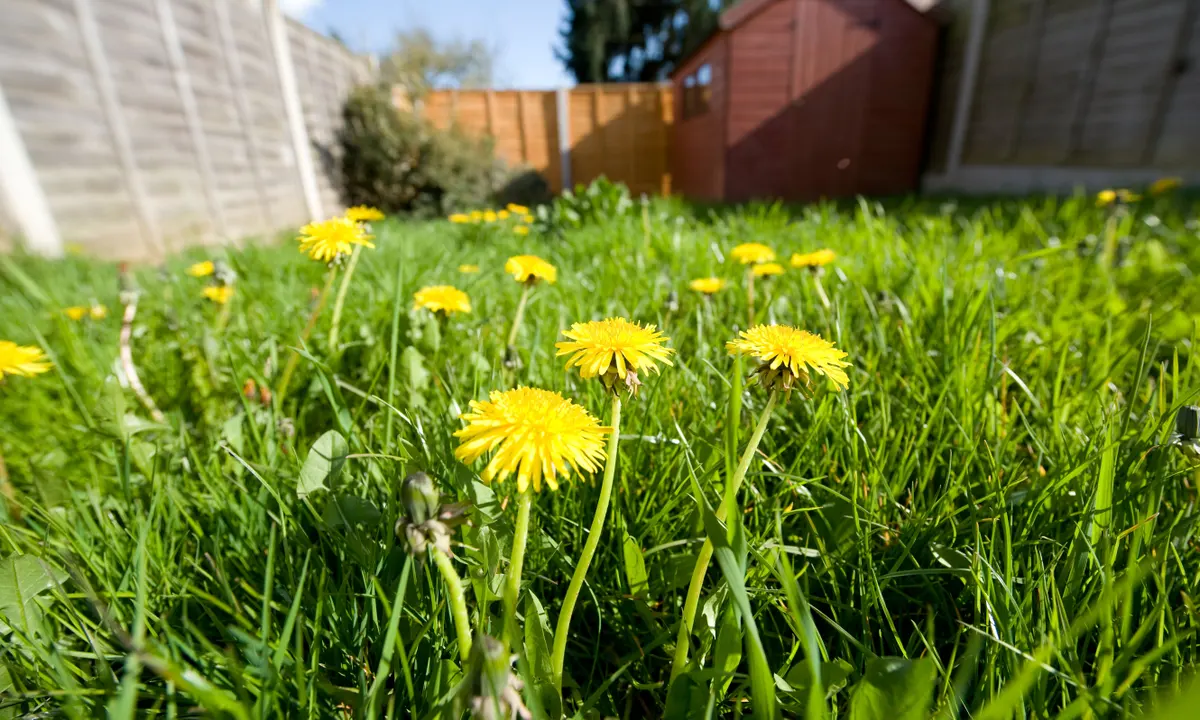


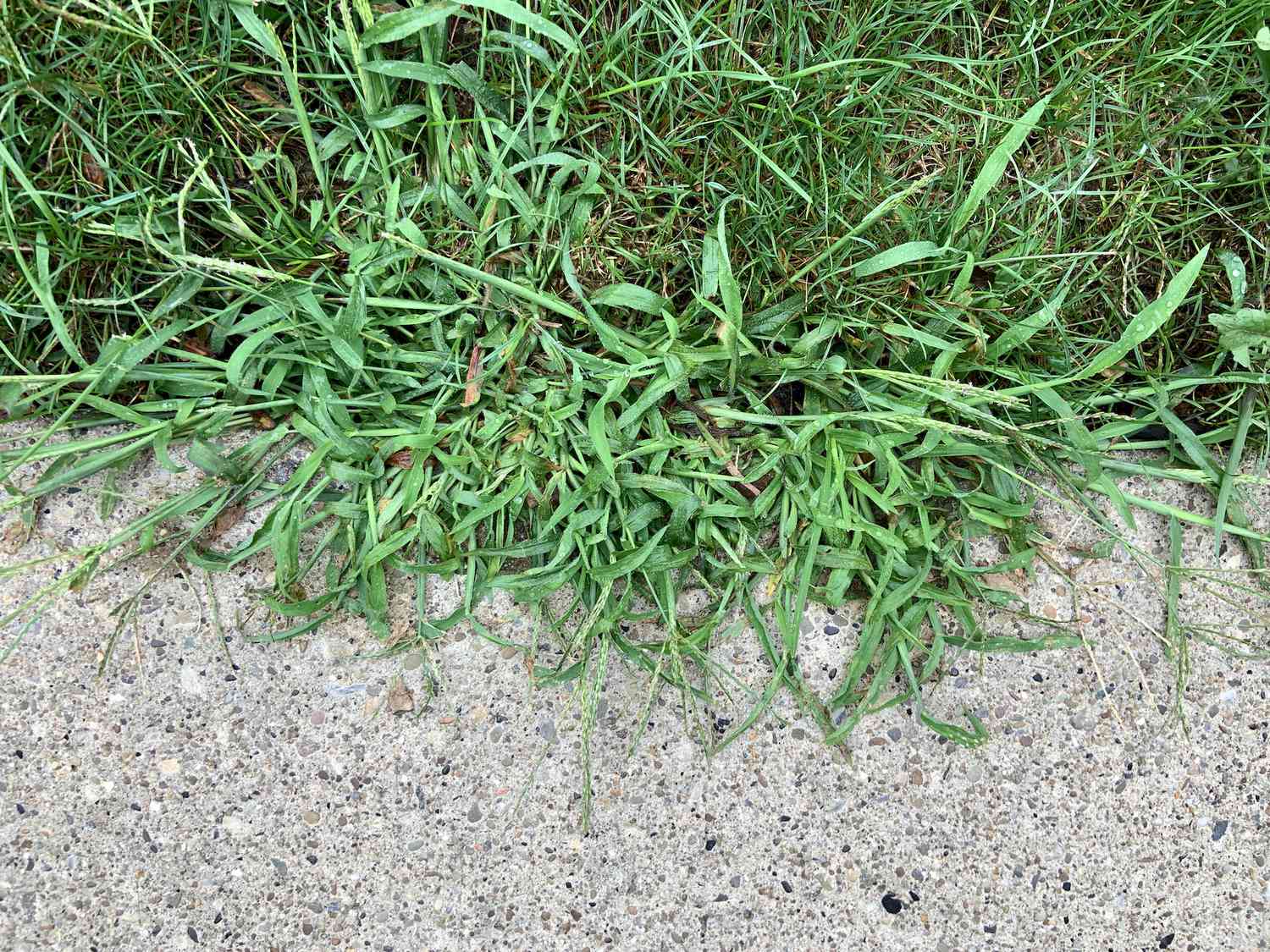
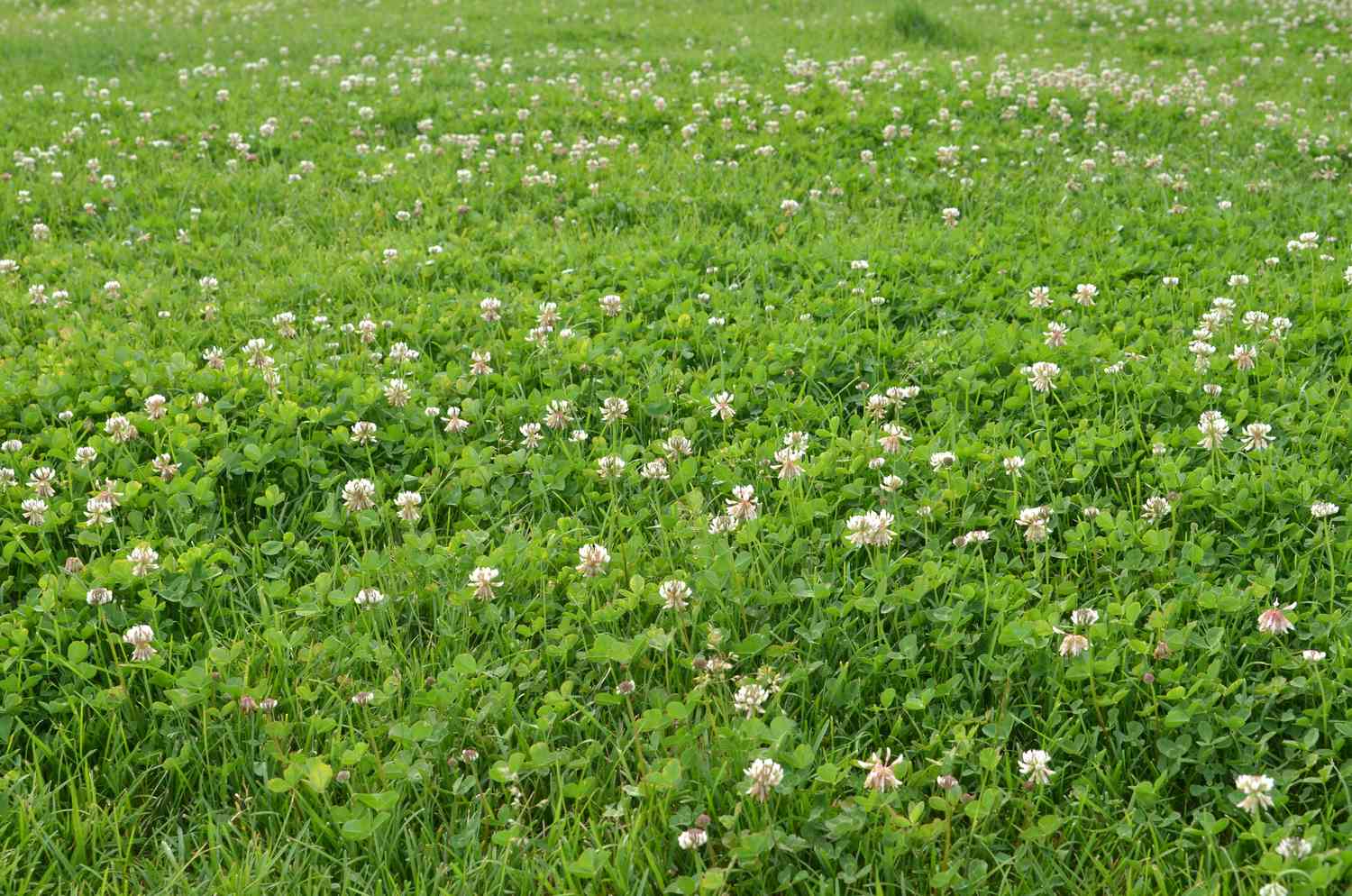
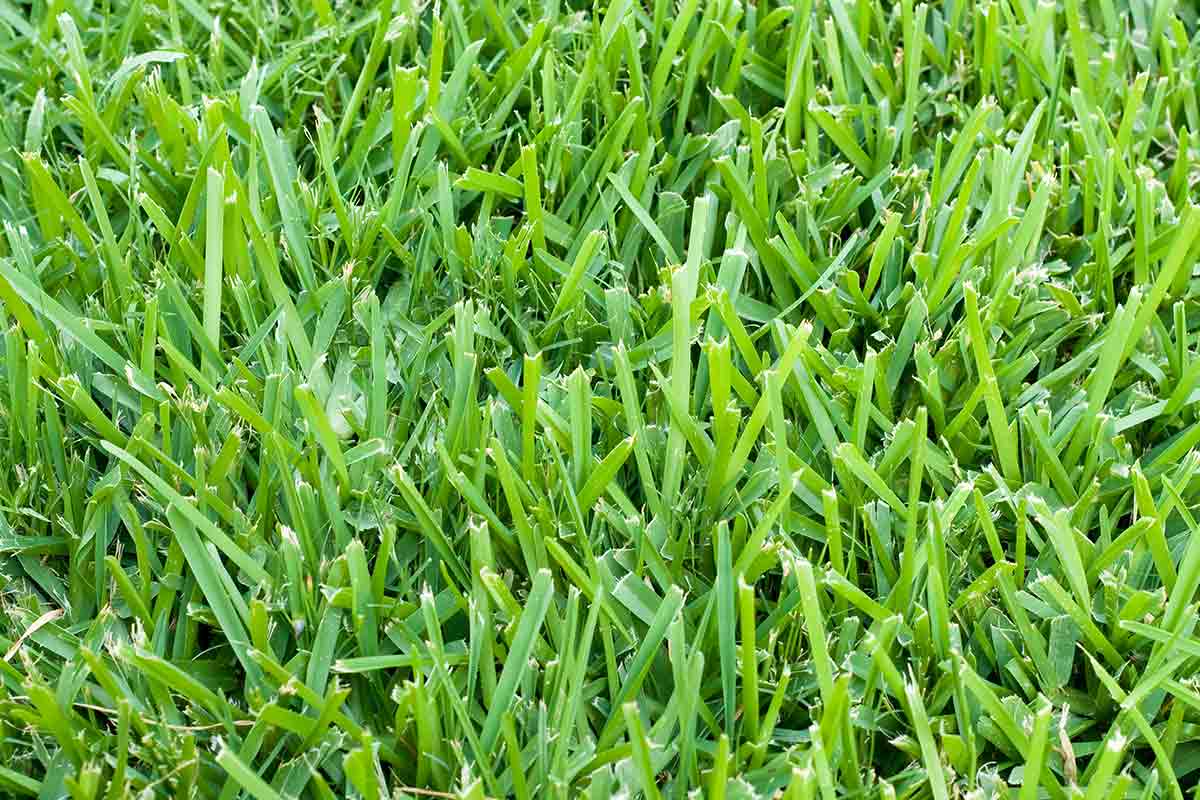

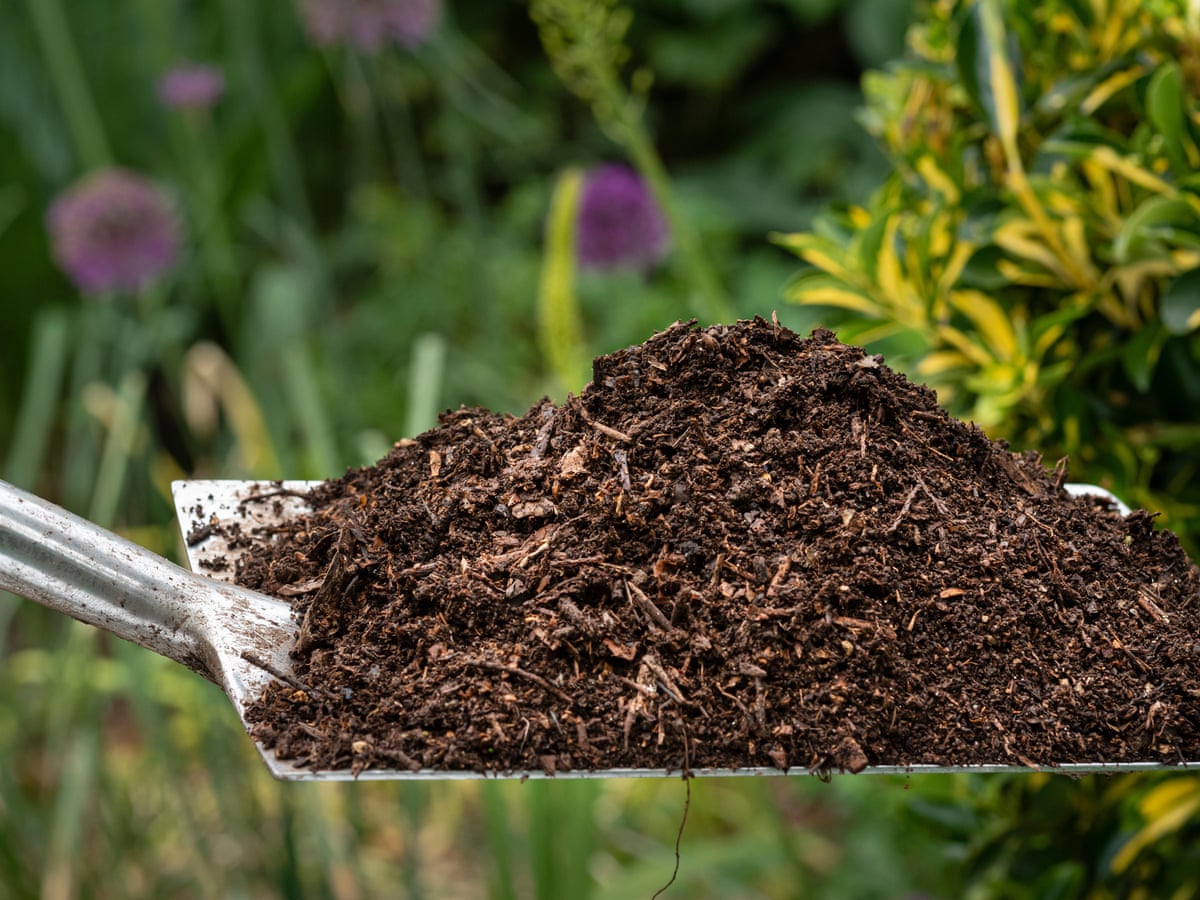
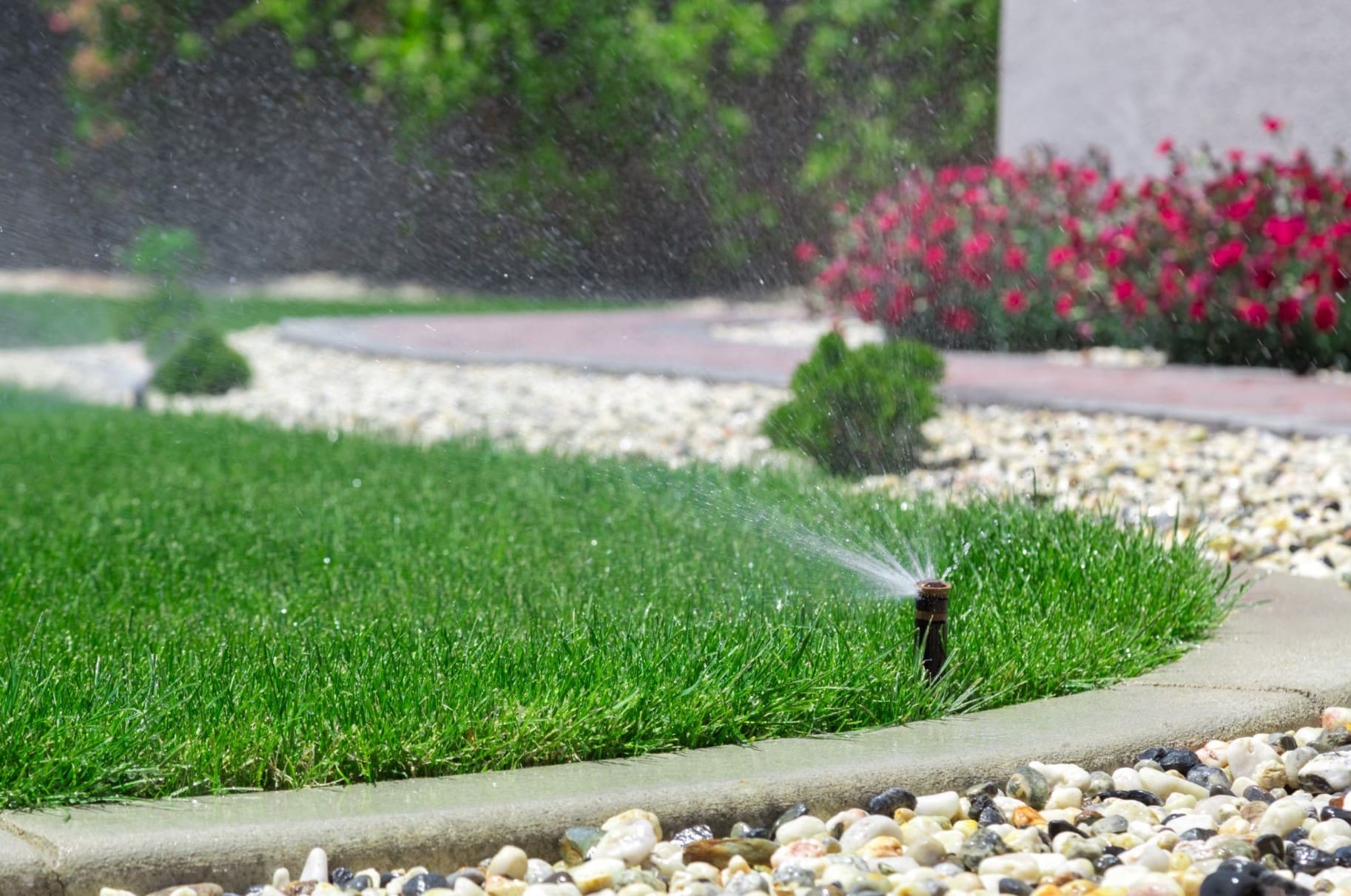

0 thoughts on “What Is The Optimum Growing Temperature For Warm-Weather Grass”